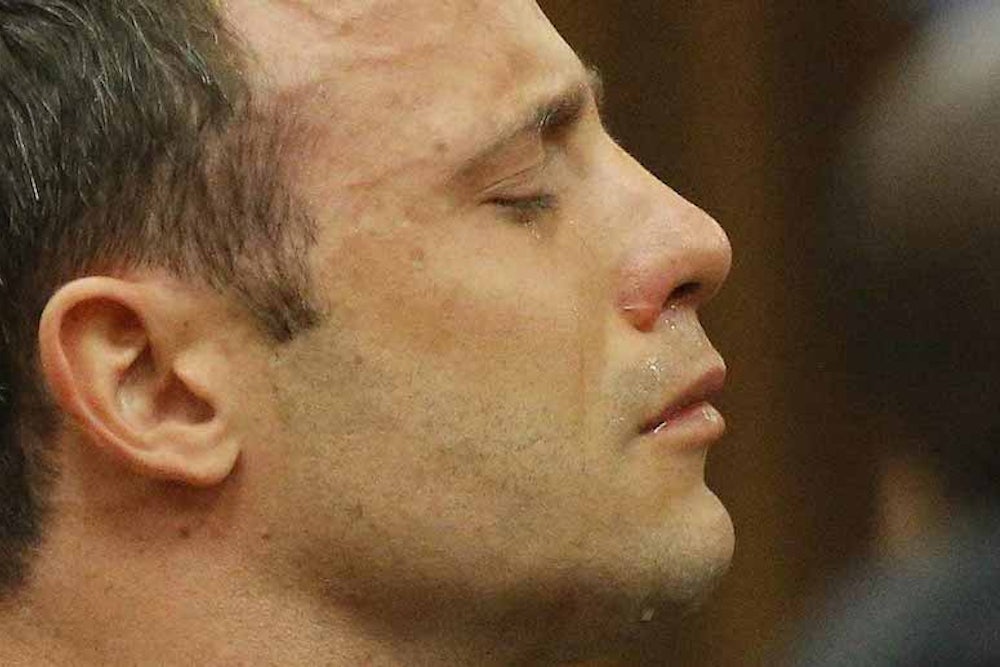Susan Sontag wrote that photographs are strong as evidence but weak in meaning. They prove that a person was in the place where he was photographed doing the thing he is shown doing. Oral testimony can be disputed because people are mistaken, they misremember, or do the very thing the camera was held never to do: They lie. As a tool in the investigation of crimes and the determination of innocence or guilt, the camera was therefore invaluable. Even in the shifting sands of the digital era, our faith in photographic proof remains broadly intact. CCTV footage from an elevator insisted that Ray Rice knocked his then-fiancée unconscious even after she decided to forget the whole thing and marry him.
But photographs of faces, what do they tell us? If you are an actor, you invest massively in the belief that they can reveal a great deal about a character, even if that character is, ultimately, unknowable. Typically this unknowability is achieved by doing as little as possible so that the face invites a scrutiny that is never repaid—but is, as a consequence, endlessly rewarded.

Issues such as these swirled constantly around the long trial—by judge and camera—of Oscar Pistorius. Lacking the equivalent of elevator footage or any firsthand testimony except his own, we were compelled to study his voice and face—his performance—and were, as a consequence, endlessly frustrated. In contrast to an iconic minimalist such as Steve McQueen, Pistorius overflowed with emotion. His voice quavered and broke, he howled and puked, stuffed his fingers in his ears. He looked like he was going to crack completely under some combination of horrified memory of what had happened, consciousness of his own guilt, or the double tragedy of accidentally killing his girlfriend, Reeva Steenkamp, in the process of trying to defend her and then having to stand trial for her murder. We looked at Pistorius as he came and went and reacted to what was said in court, though we were not permitted—a crucial lack—to observe his own testimony. Still, with such an overwhelming quantity of emotion and liquid coming out of his mouth and face it was hard to fathom what we did see. One thing seems highly likely. From a certain point—possibly from the moment of the shooting—Pistorius believed passionately in his own innocence and completely inhabited his preferred version of events. From that point on, he was, as they say, so deeply in character that contradictions in his story came not from evasiveness or mendacity but from outrage that the prosecutor sought to question the authenticity of his script.
What we’ve ended up with is this: a photograph of the verdict, or of his reaction to it, which we hoped might reveal whether that verdict was correct. It didn’t and couldn’t. If he had a gold medal round his neck rather than a shirt collar he could be standing on the winner’s podium, overcome with emotion as he listens to the South African national anthem. As it is, we are faced—in profile—with a complete reversal of Sontag’s claim: an image that is worthless as evidence but dripping with meaning.
